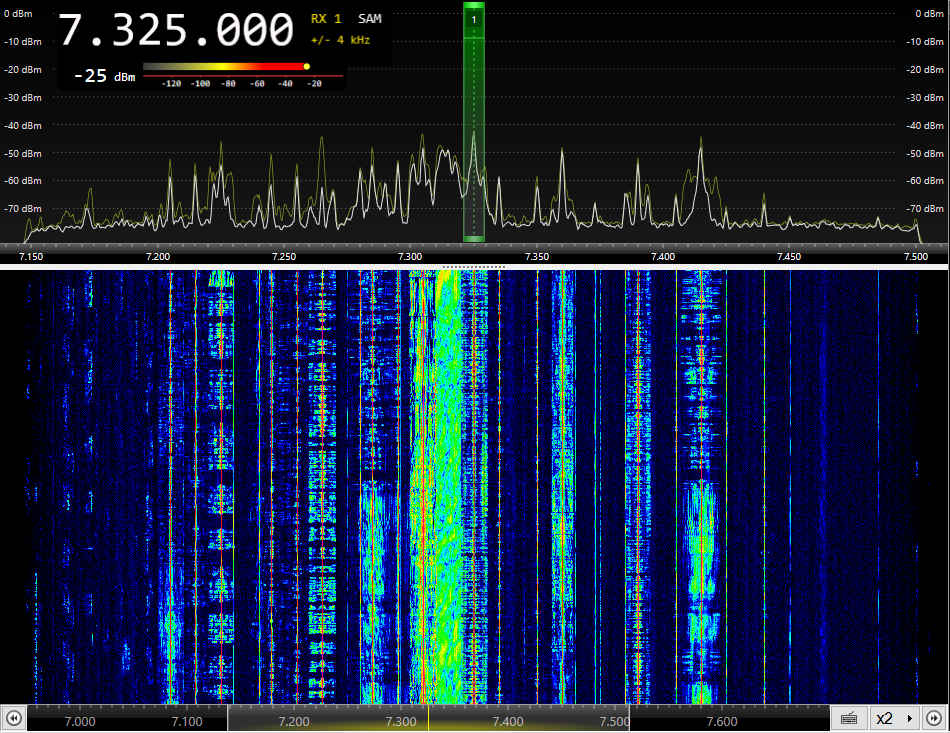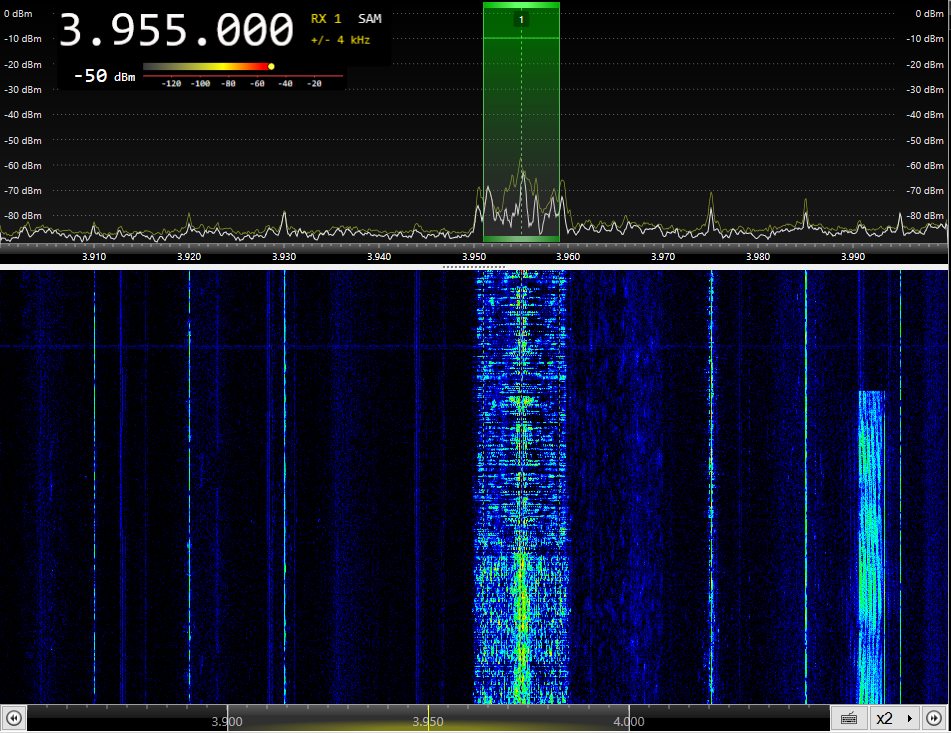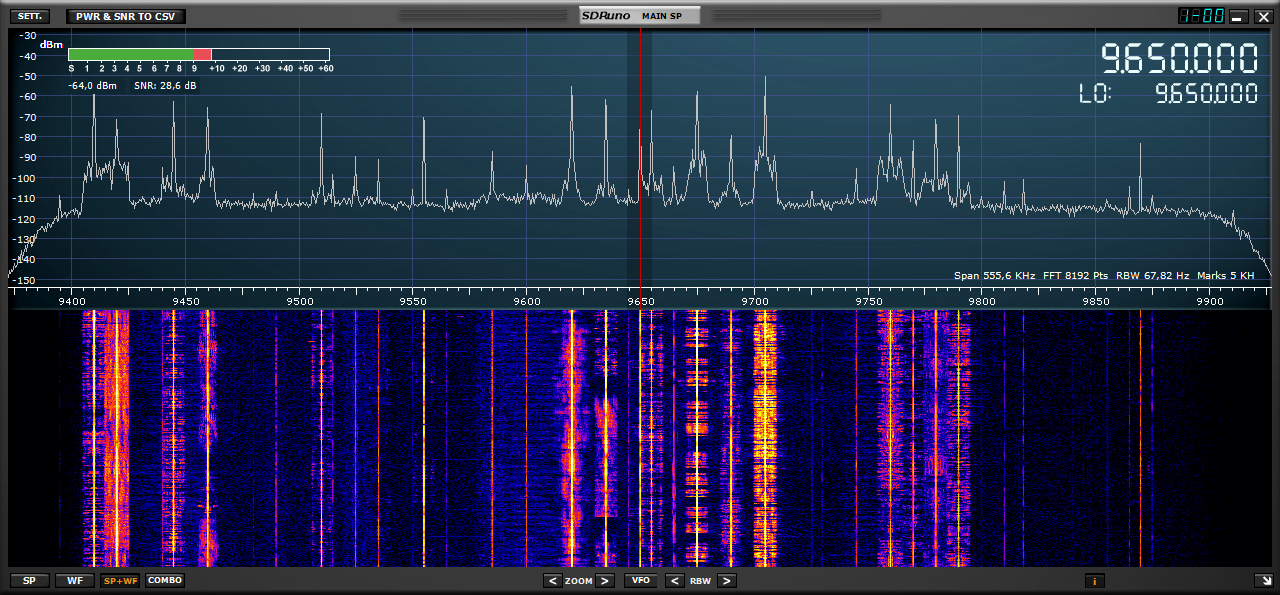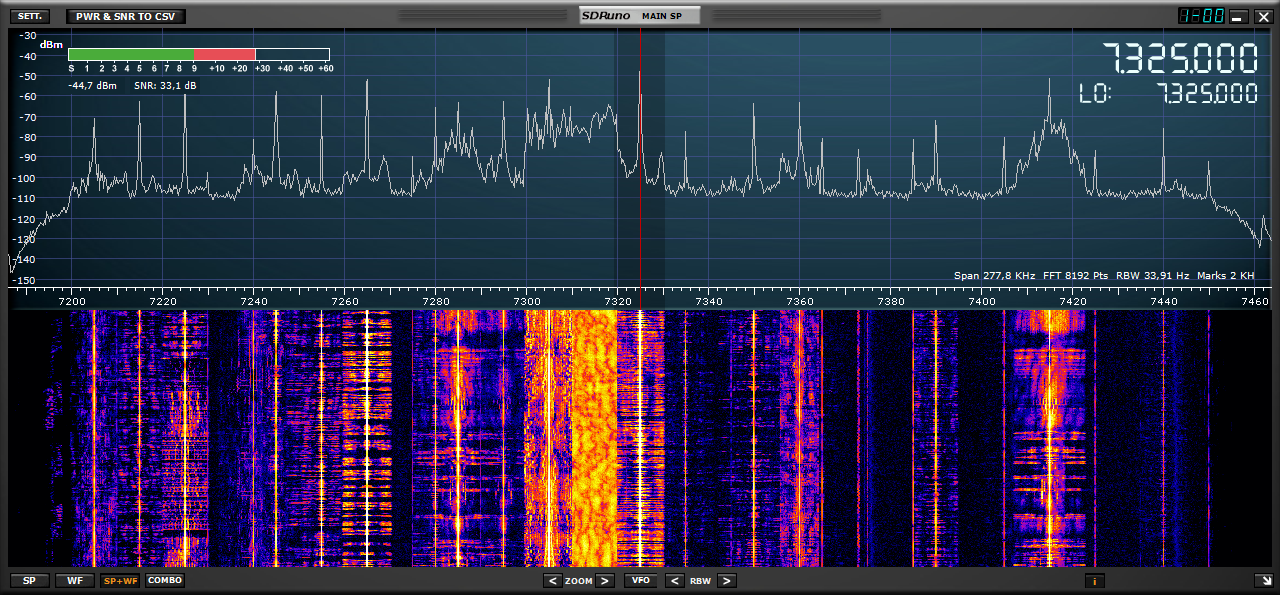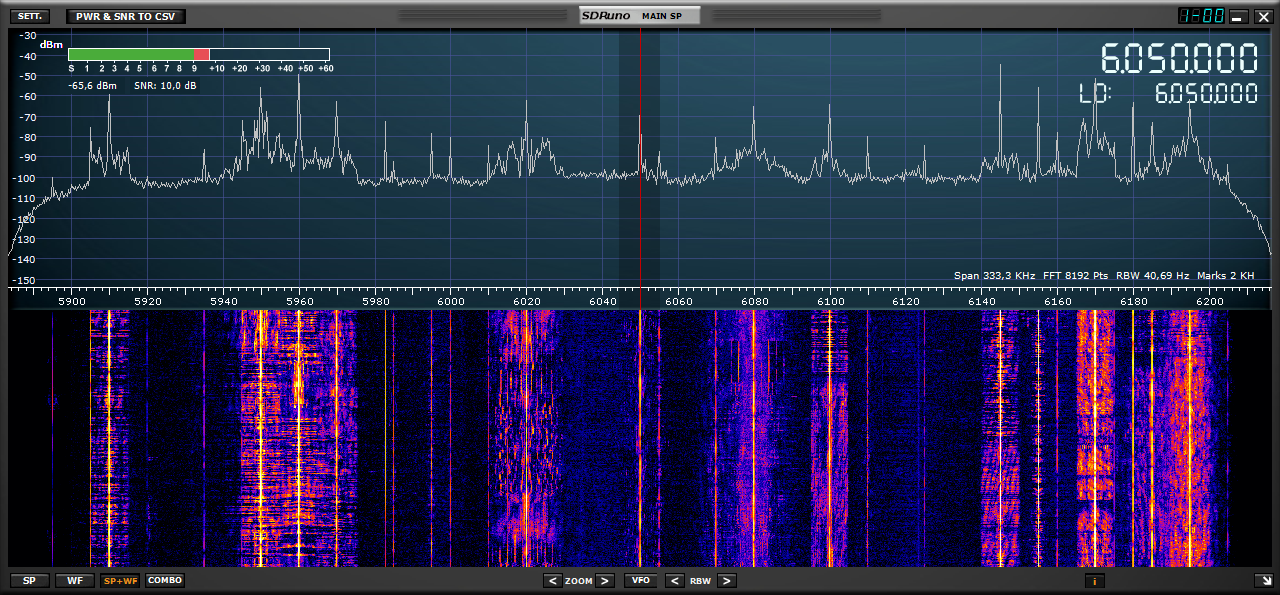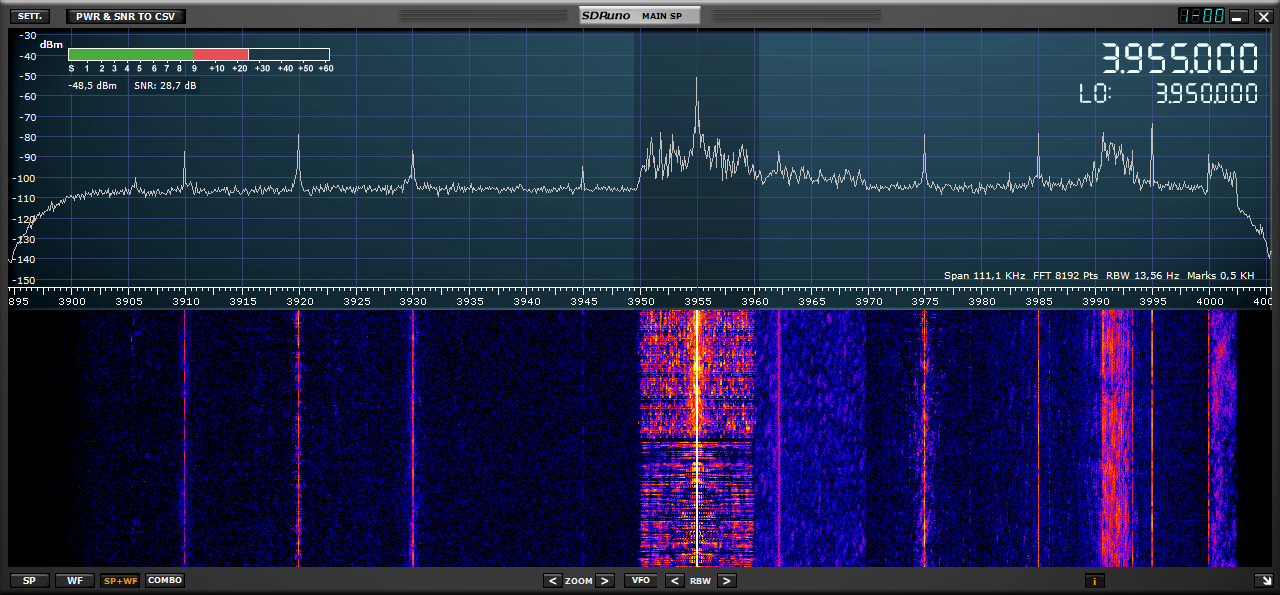Back in August I read about MLA-30 a (very) cheap active loop antenna that was said to be at least a good one, if not even as good as the more expensive “original” loops.
I wanted to test how well it might perform here at my city home in the middle of huge QRM and no place for long wire antennas. I got one from eBay with only 37€ (including p&p) so it was cheap enough to test without spending some 300+ € just to find out that it won’t work well where I’m planning to use it.
The kit was like “Plug & Play”, all you need to get started with springy like loop, all the cables and the power supply unit. What you need to provide yourself is some kind of support for the loop as it is very wobbly and will not stay upright by itself.
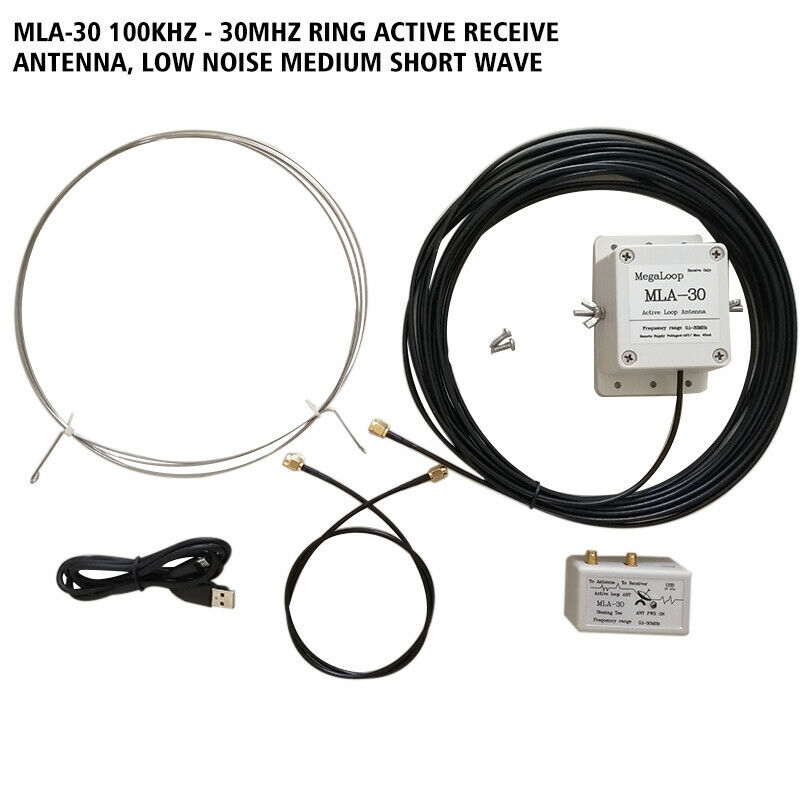
It took much longer to arrive than I expected. I ordered the MLA-30 from The Netherlands thinking that it will be quick delivery inside EU (to Finland), but instead of like one week I waited three weeks – well, I have all the time 🙂
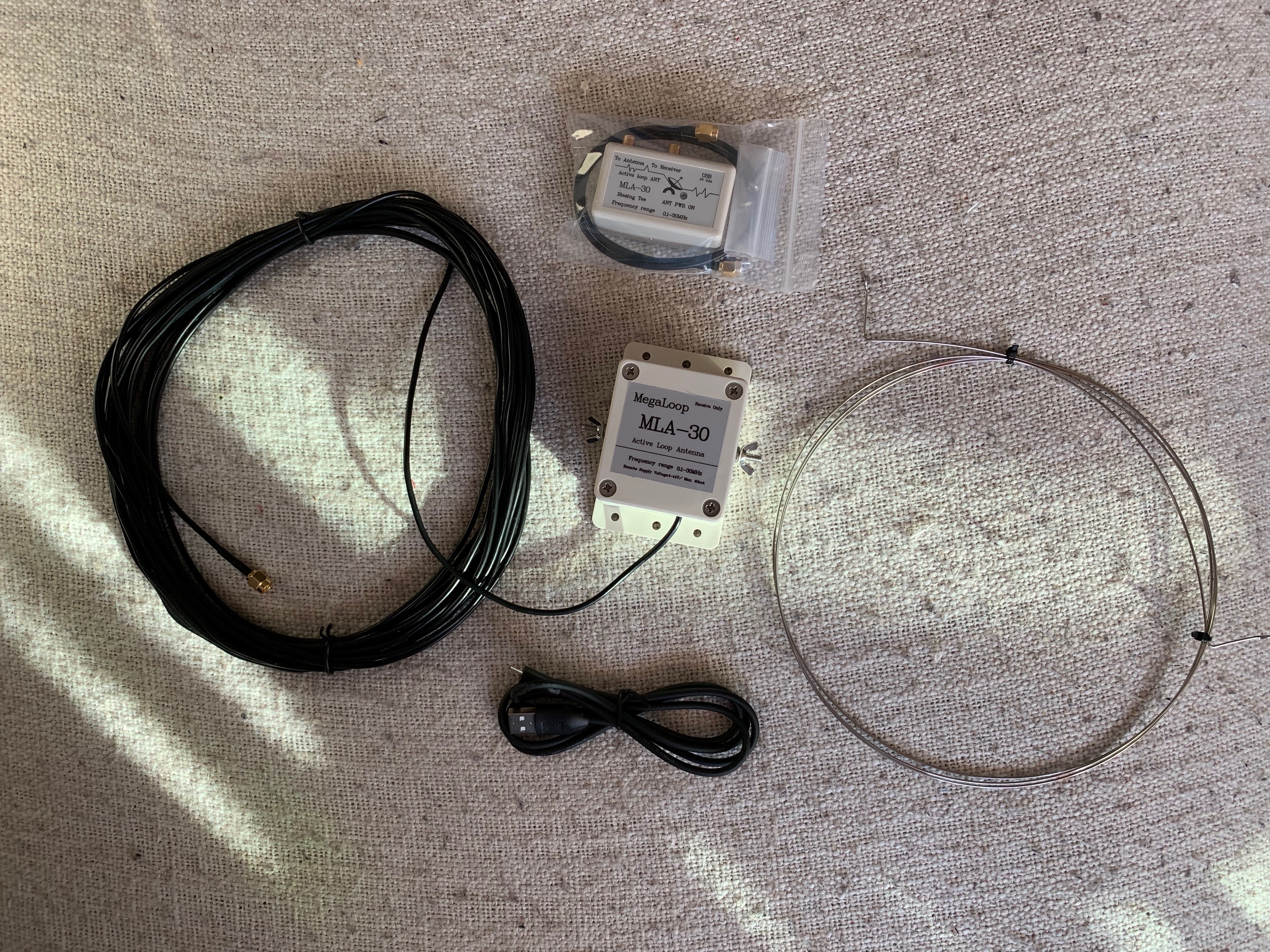
For the temporary support I used camera tripod, some velcro and wooden stick to get the loop up and turnable. After some tests I found out that I need to position the loop so that it is facing east-west (when looking directly through the loop). By doing this I was able to minimize the huge QRM I have in my city home.
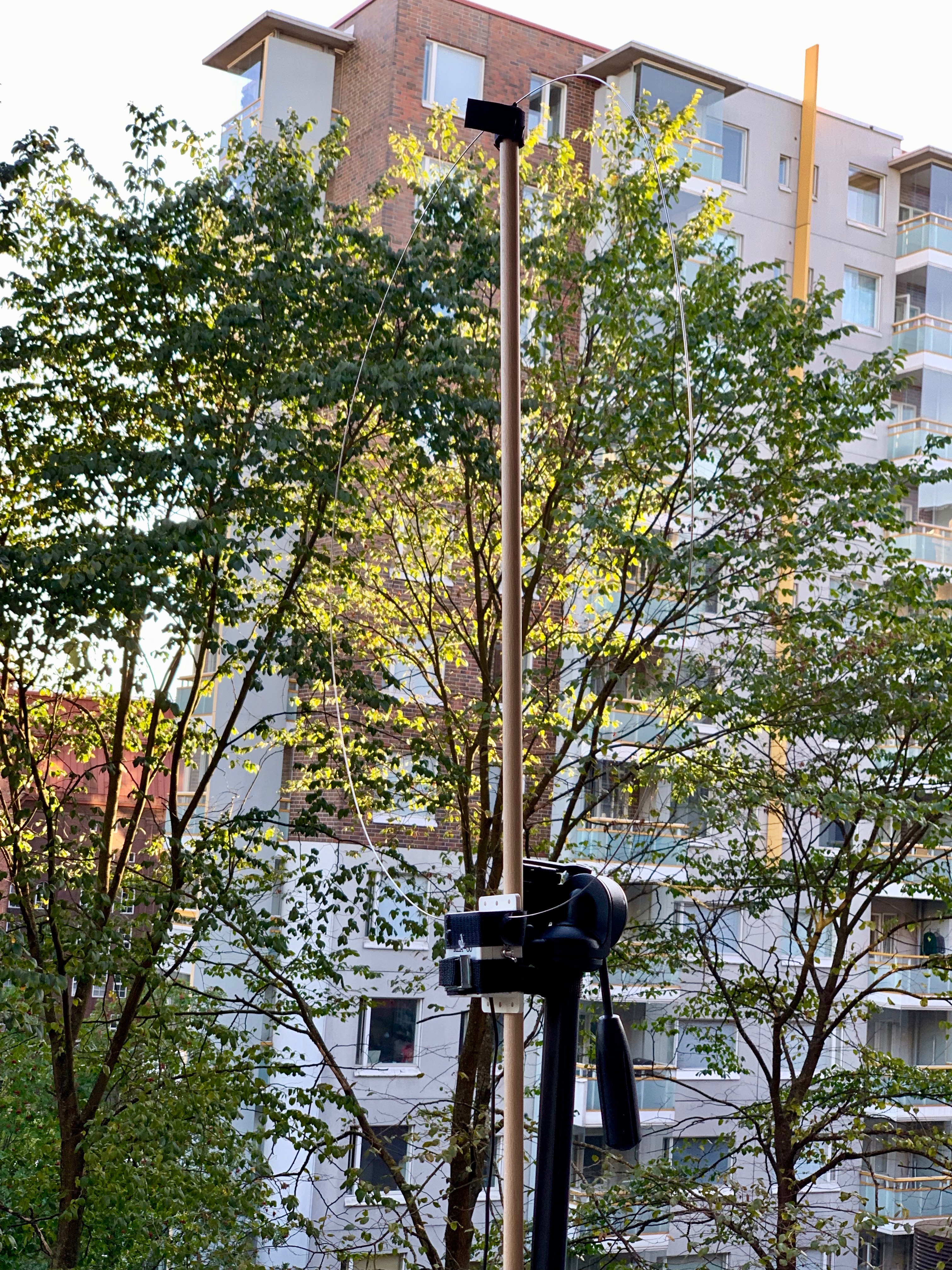
The tests:
It took several days before the ‘radio weather’ was good enough for me to test the loop.
For the benchmark I used my remote site, SRPDuo with Windom wire antenna (40m). The loop was powered by a USB powerbank – perhaps not the best idea due to the way USB powerbanks works – they usually have a Buck&Boost voltage converter that uses some 100-300khz switching frequency. This is not the best way to power sensitive radio device that is meant to be used for listening in the same frequency band, but this was test so i used it anyway.
I used AirSpy Mini as a SDR radio with NooElec HamItUp up-converter as the AirSpy Mini cannot tune under 24Mhz. HamItUp “moves” the lower bands (0-30Mhz) up to 125Mhz so that the radio can hear them (125Mhz = 0 … 155Mhz = 30Mhz).
Software used for testing was Airspy’s own SDR# and the excellent SDR Console.
The loop was indeed very easy to put into action, right away I was able to receive all the “basic stations”. I have no real testing equipment nor enough experience with loop antennas, so I am not the best one to judge but if I can receive some (from my point of view) exotic stations from my city balcony then the loop really works!
The final test was done using some not-so-official stations that usually have very low power, self made equipments and lots of DIY spirit behind them.
For my surprise I was indeed able to receive those stations, sometimes with as good signal as the benchmark system at my remote site.
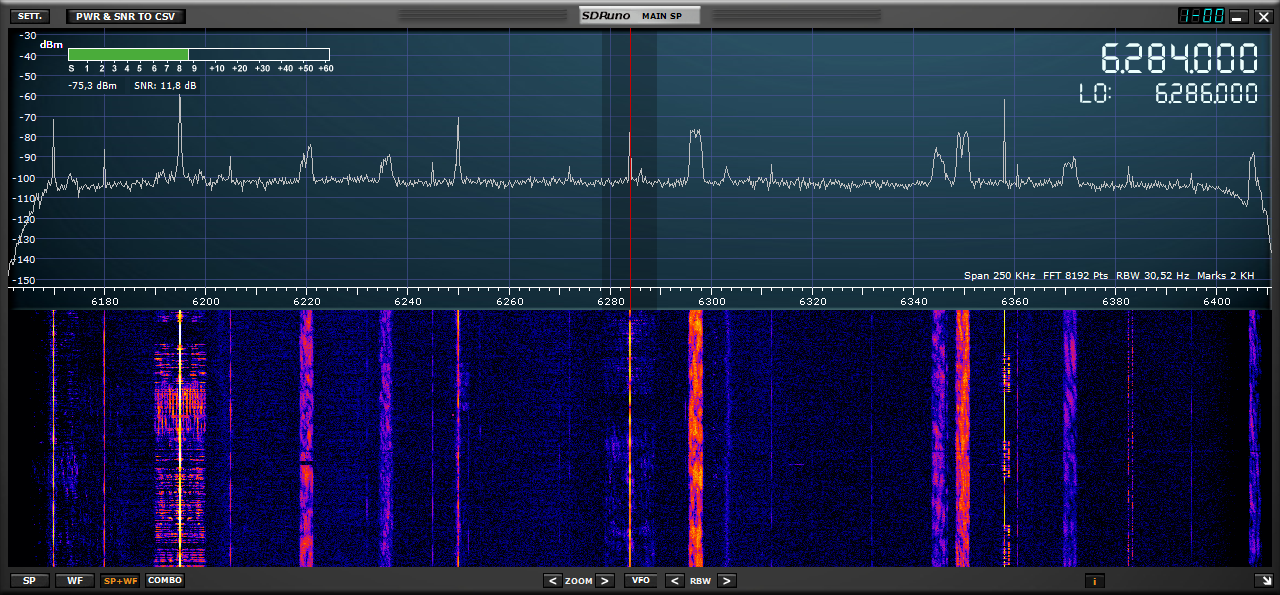
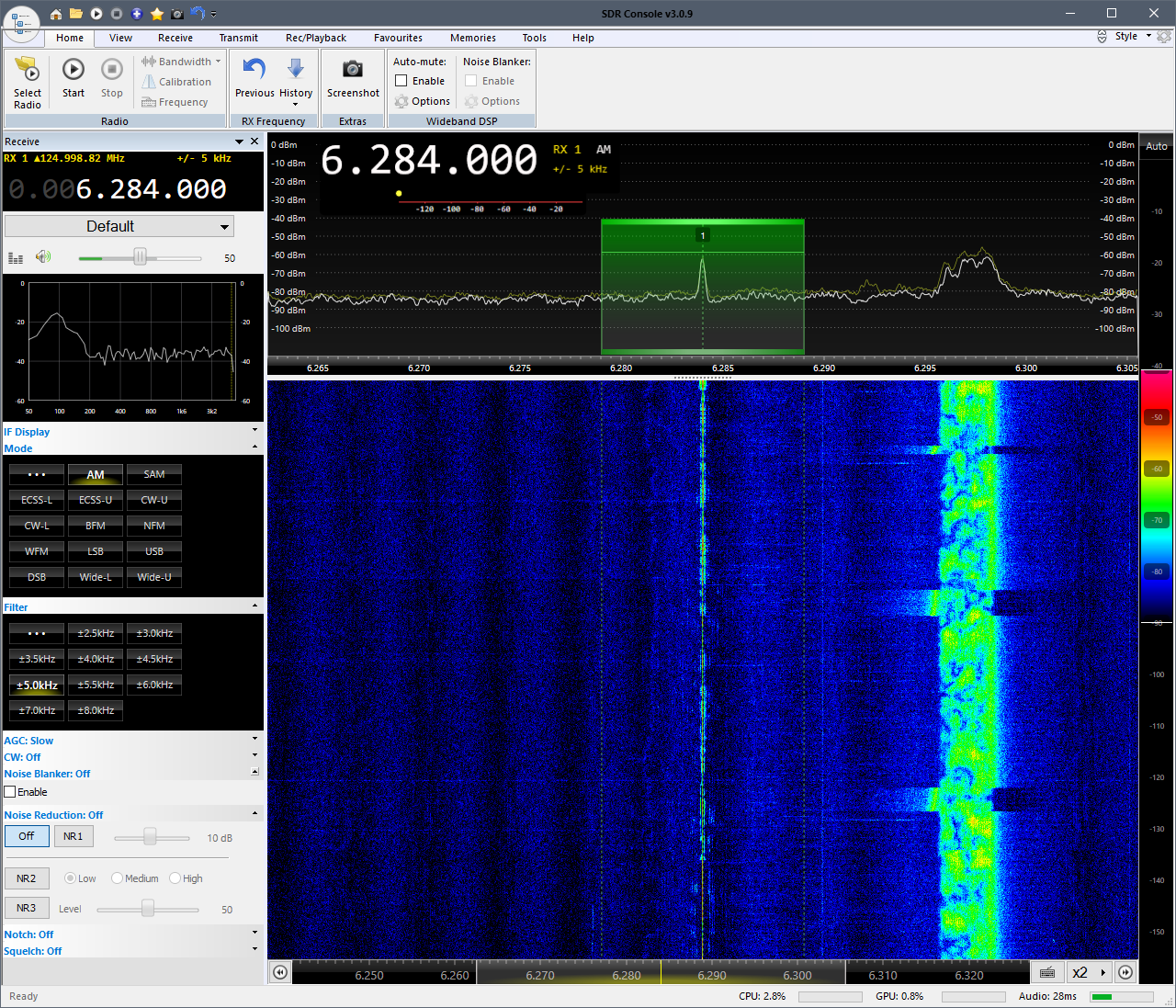
31m, 41m, 49m and 75m band’s – comparison:
For reference I took screen captures of some HF bands where it is easy to see how well the MLA-30 loop performs, remember that it is tested against 40 meter long wire antenna and very good quality SDR receiver.
First four pictures are from MLA-30 (with black background) and rest are from City Windom (greyish background).
Final words:
From my experience this kind of cheap loop indeed can be used well with SDR’s. I find it very interesting piece of an antenna especially if you need very light, very small antenna that is very easy to operate and even take with you to your holiday trip!

